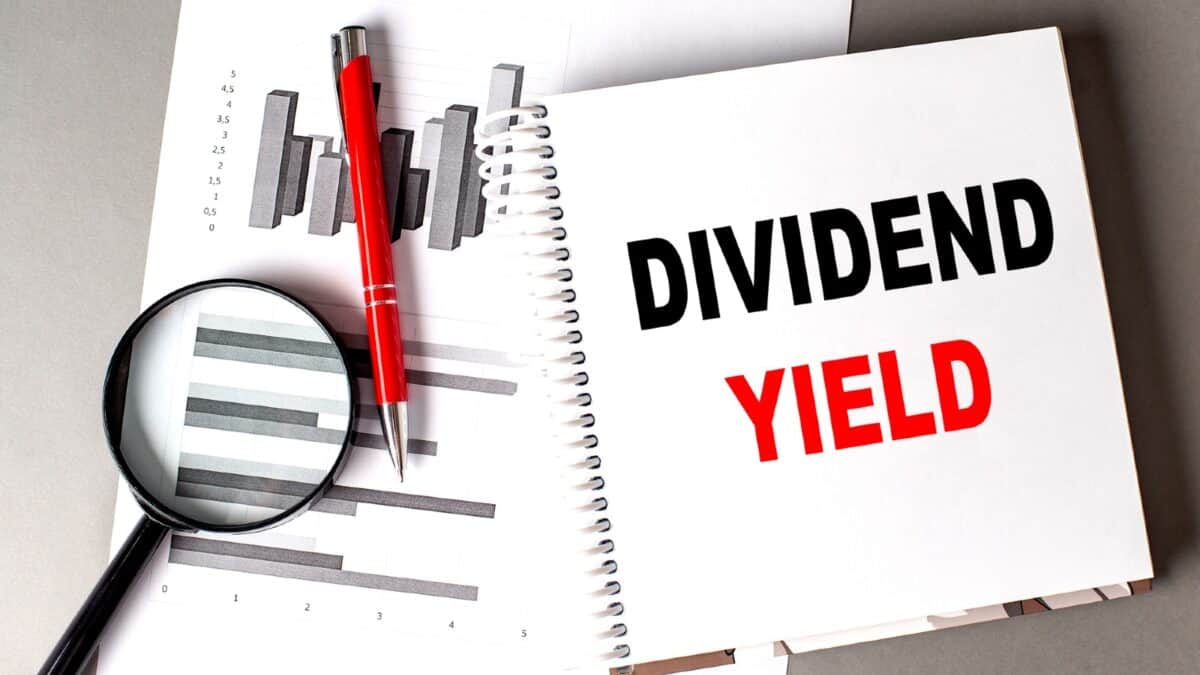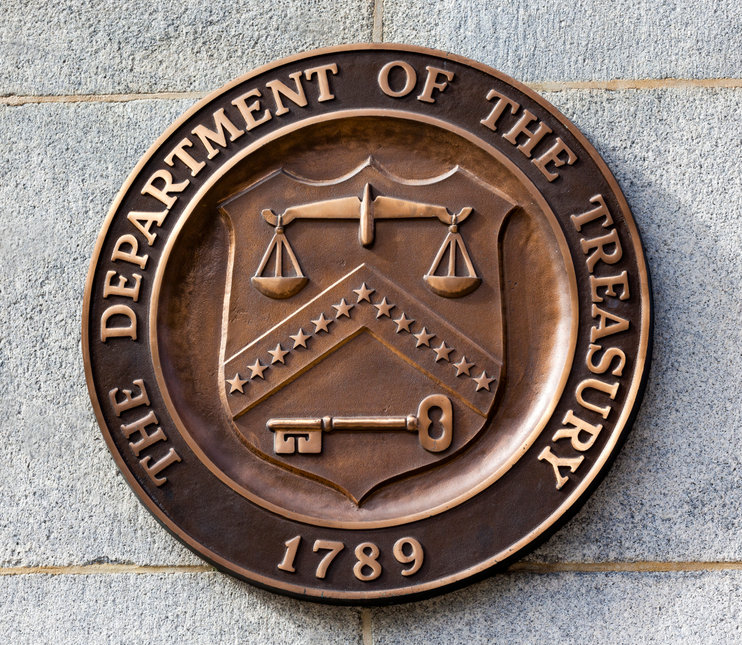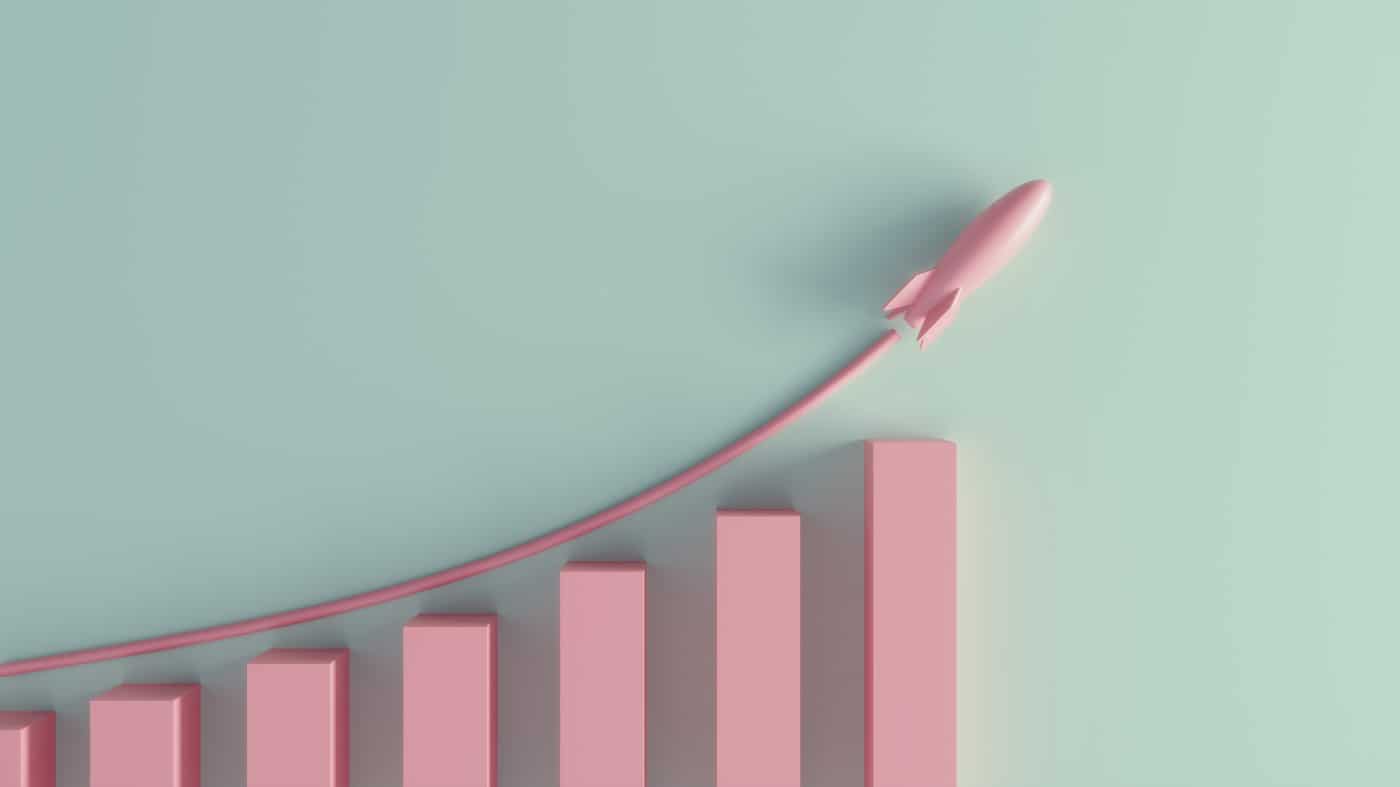Image source: Getty Images
A second income could act as a handy financial supplement. One way is to take on a second job. But there is more than one way to skin a cat. It is also possible to earn a second income by investing in dividend shares.
I could start with a few thousands pounds (or less). For instance, if I had a spare £3,000 to put into dividend shares now to try and build a growing second income, here is what I would do.
Setting up a dealing account
My first move would be to put that £3,000 into a share-dealing account or Stocks and Shares ISA. That way I could use it buy shares as soon as I found some I decided to purchase.
I would spread my money over a few different shares, to reduce my risk if one of them disappointed me. That can happen, even with what may seem like a brilliant share.
Building income streams
How much I might earn as a second income depends on the average dividend yield of my portfolio. With a yield of 7%, for example, £3,000 ought to earn me £210 each year in dividends.
If I wanted to try and boost my passive income, I could reinvest the dividends (known as compounding). For example, if I compounded £3,000 at 7% annually for a decade, after 10 years I ought to be earning a second income of around £413 annually.
Growing what I earn
I could also aim to grow my annual second income by investing in shares I hoped would increase their payout per share in years to come.
As an example, brewer and distiller Diageo (LSE: DGE) has grown its dividend per share annually for decades. That is no guarantee that it will do so in future. A company can decide to change its dividend at any time.
So rather than just looking at current yield (or even looking at yield at all) my first move is always to identify businesses I think have what it takes to keep generating large free cash flows in future I think can fund a dividend.
With a large market of potential customers, unique brands and a big distribution network, I reckon Diageo fits that bill. One concern for profitability is a reduction in the number of people drinking among younger generations.
But with a proven business model and growing non-alcoholic product lineup, I think Diageo is set well for the long run.
High yield – but quality first
Diageo’s current yield of 3.4% is well below the 7% I used in my example above, though it is close to the FTSE 100 average of 3.6%.
In today’s market, I think a 7% yield is achievable. But I do not invest in shares ust because they have a high yield. Rather, I first aim to find great companies with an attractive share price. Only then do I consider their yield.
Credit: Source link











![Just released: January’s higher-risk, high-reward stock recommendation [PREMIUM PICKS]](https://www.fool.co.uk/wp-content/uploads/2023/05/Fire-1200x675.jpg)


